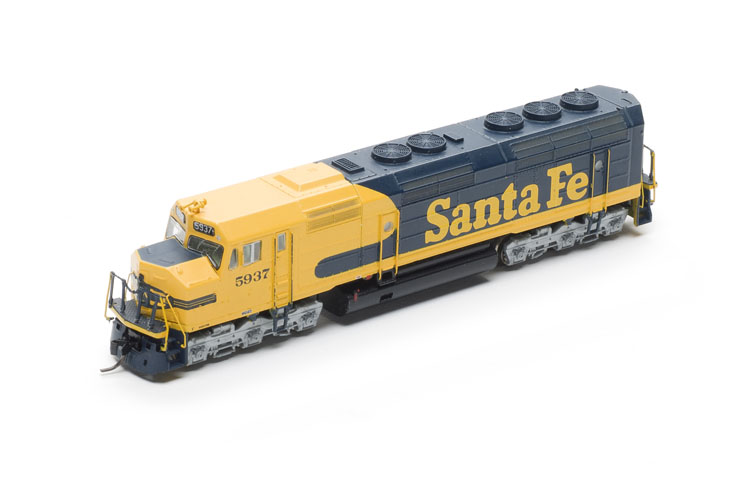
Resurrecting N scale engines: Several years ago I bought a couple Athearn N scale Electro-Motive Division (EMD) F45 locomotives that came with factory-installed Digital Command Control (DCC) sound decoders. I was thrilled. Only two railroads had ordered these big engines, and one was my beloved Santa Fe. (The other was Great Northern, also well-liked.) The […]
Read More…
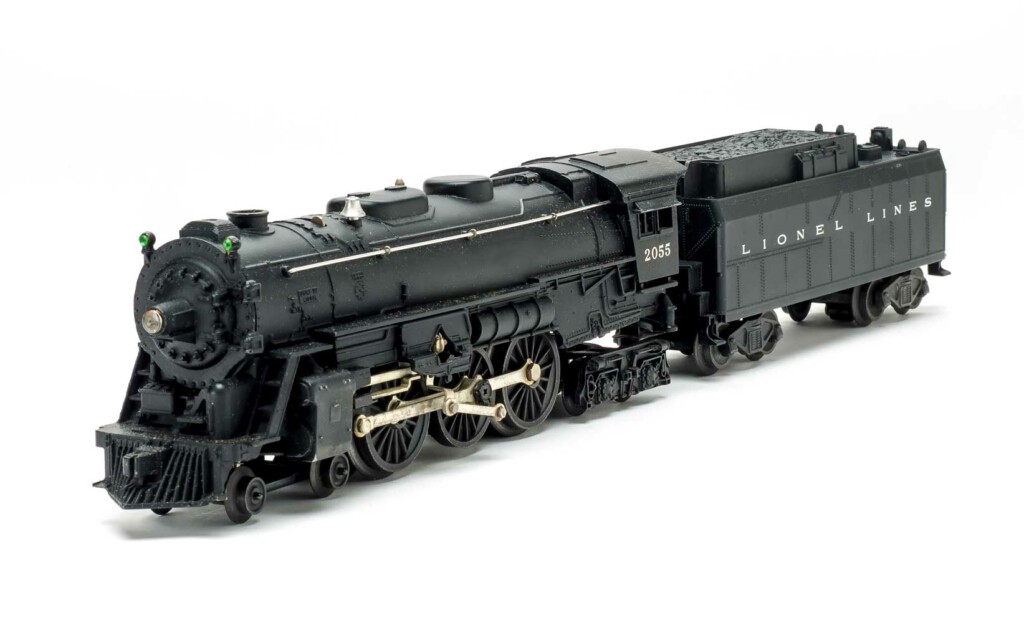
The Lionel No. 2055 Hudson was prominent in the parade of 4-6-4 steam engines in O-27 outfits from 1950-56. Others in that notable group, including the 2046, 2056, and 2065, thrilled the many kids who received freight and passenger outfits at the peak of the postwar era. When the editorial staff of Classic Toy Trains […]
Read More…
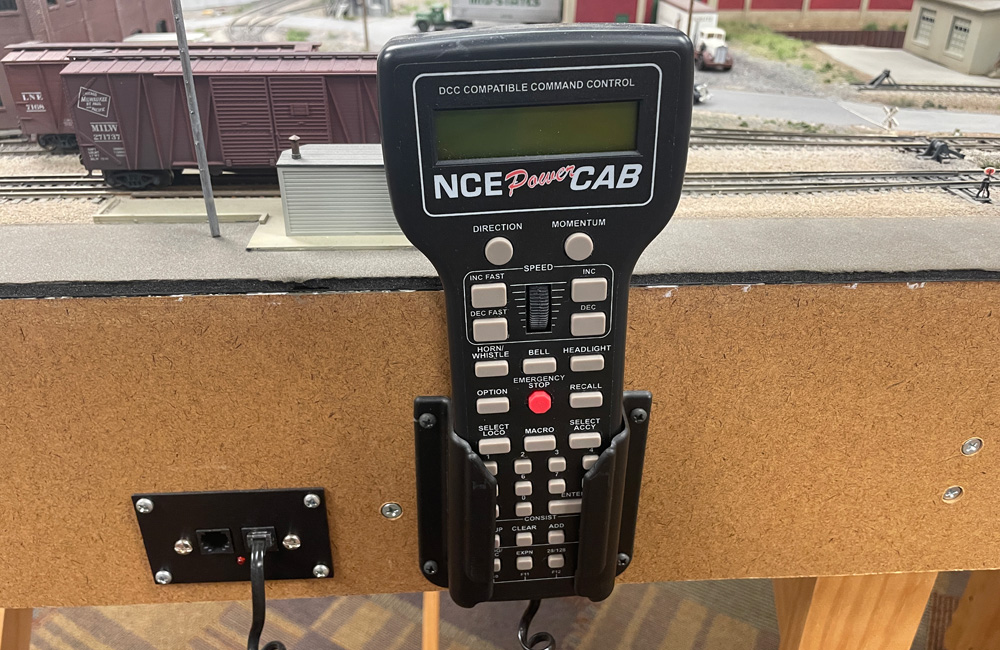
Thanks to these model railroad fascia fixtures, your layout’s fascia can do more than give the edge of your layout a finished look. That stretch of tempered hardboard, medium density fiberboard, plywood, or linoleum can also serve a practical purpose. Consider adding some of these model railroad fascia fixtures to make life easier for your […]
Read More…
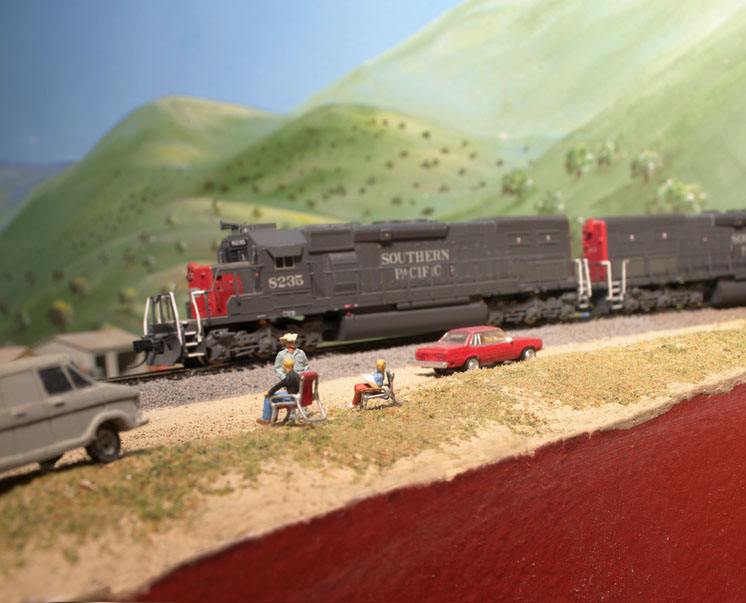
Tips for N scale figures: The biggest advantage of N scale is its small size. This advantage has been gaining importance ever since N scale first appeared in the late 1960s, and particularly since the 1990s, when N scale came of age. This is because since the 1960s, prototype locomotives and cars have been getting […]
Read More…
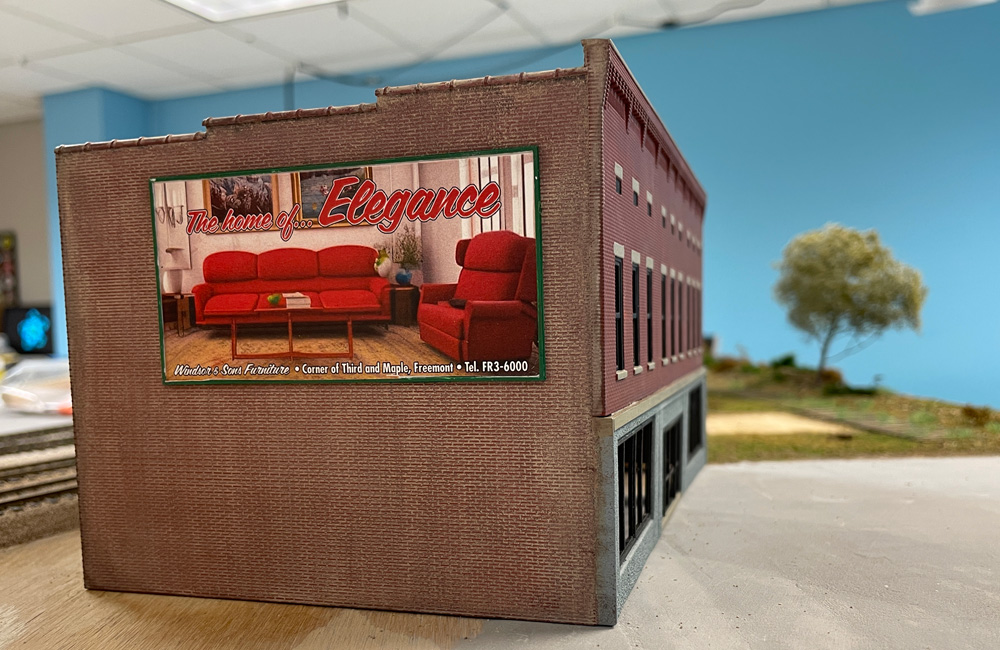
Here’s how you can make a billboard, poster, or wall sign from an AI-generated image for your model railroad layout. Artificial intelligence generators have been in the news lately as writers, artists, and other creative types debate the possibility of computers taking over their jobs. Although AI-generated art is not good enough yet to replace […]
Read More…
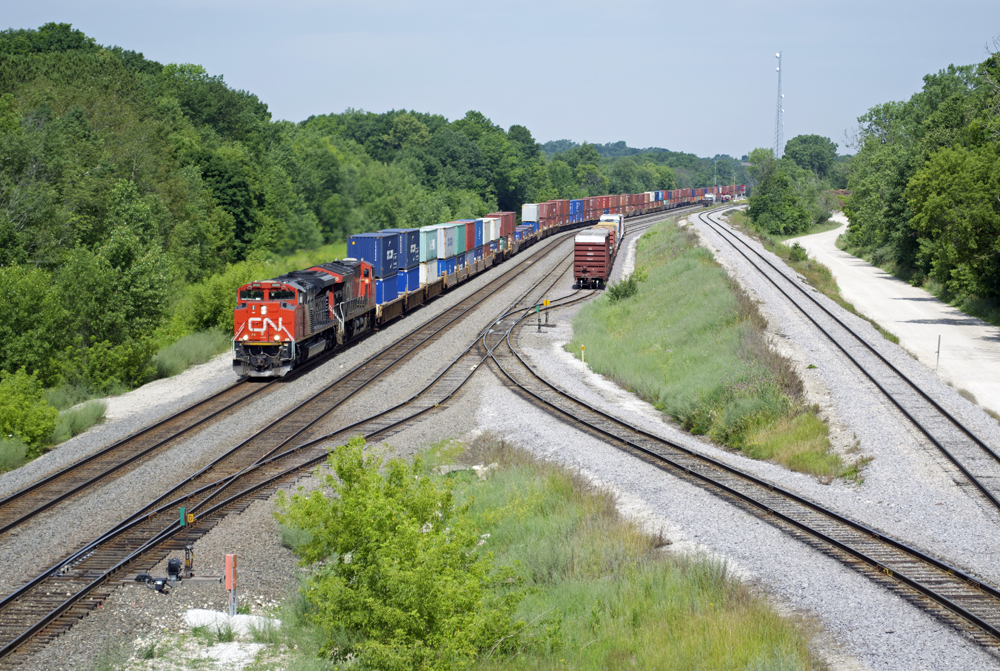
On our layouts, ballast is strictly a scenic element. We use the material, whether it’s crushed real rocks, dyed walnut shells, or other material, to simulate the rocks used on full-size railroads. But prototype ballast is far from cosmetic. Among the uses for ballast on the prototype are to prevent track from shifting up and […]
Read More…
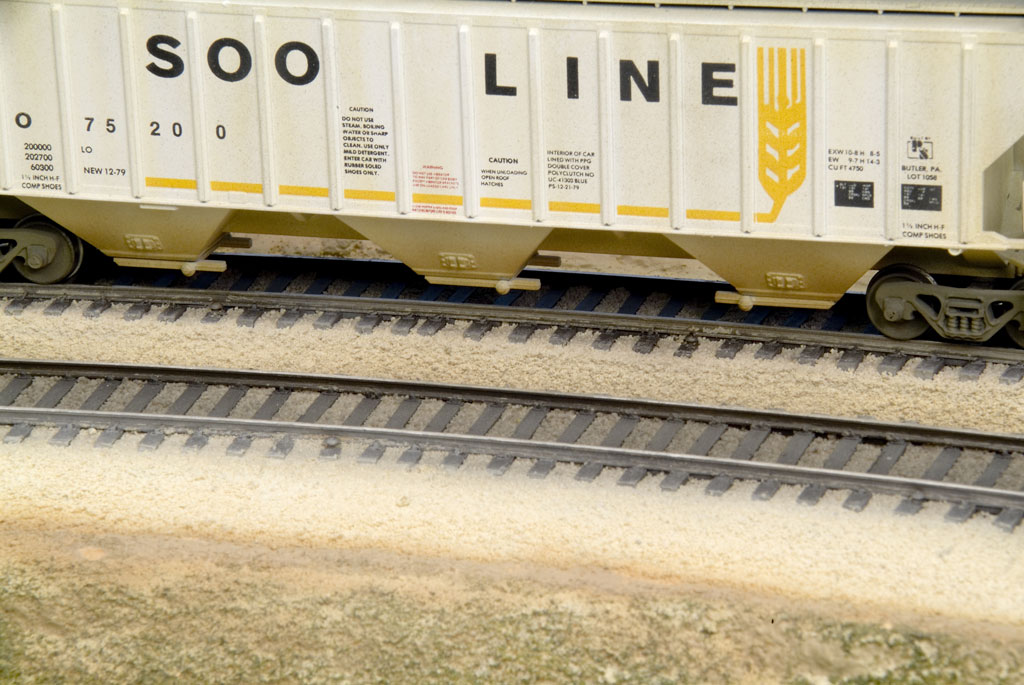
Track ballasting made easy: Model railroading is fun, right? Well, most of the time it is, but there are some aspects of this hobby that make us shudder. And judging by the questions we receive, one thing many of us don’t enjoy is ballasting. However, adding ballast (the rocks between the ties and along the […]
Read More…
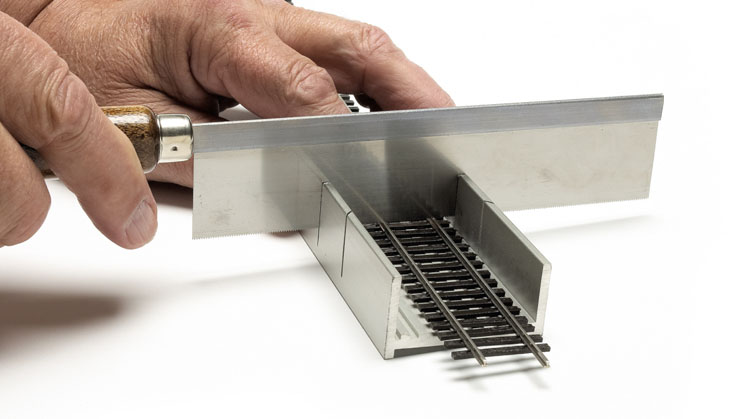
How to cut and fit sectional and flextrack: Cutting rail is a common activity that becomes important as soon as anyone begins building a model railroad. Small layouts built with sectional track generally fit together pretty well, but when flextrack is used, it’s often necessary to trim the rail ends to fit. Most flextrack is […]
Read More…
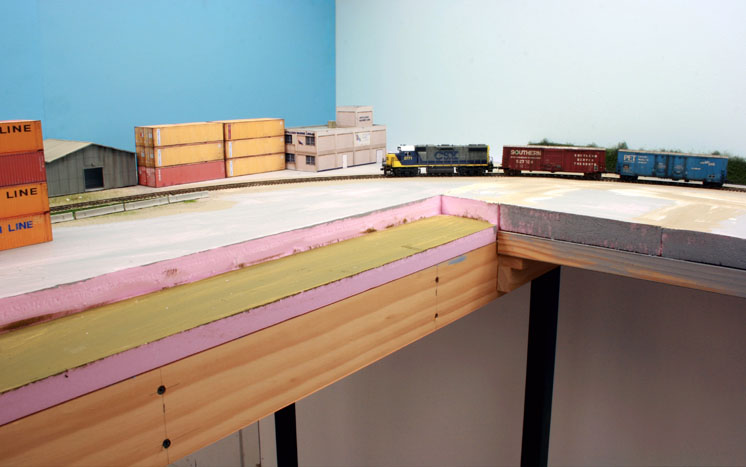
Roadbeds made easy with foam: Plywood has been the primary material for model railroad bench tops for many years. In many situations, though, I’ve found that extruded-foam insulation board is a viable alternative for bench tops built on either flat surfaces or open grids. With proper support, the rigid foam can easily hold anything a […]
Read More…
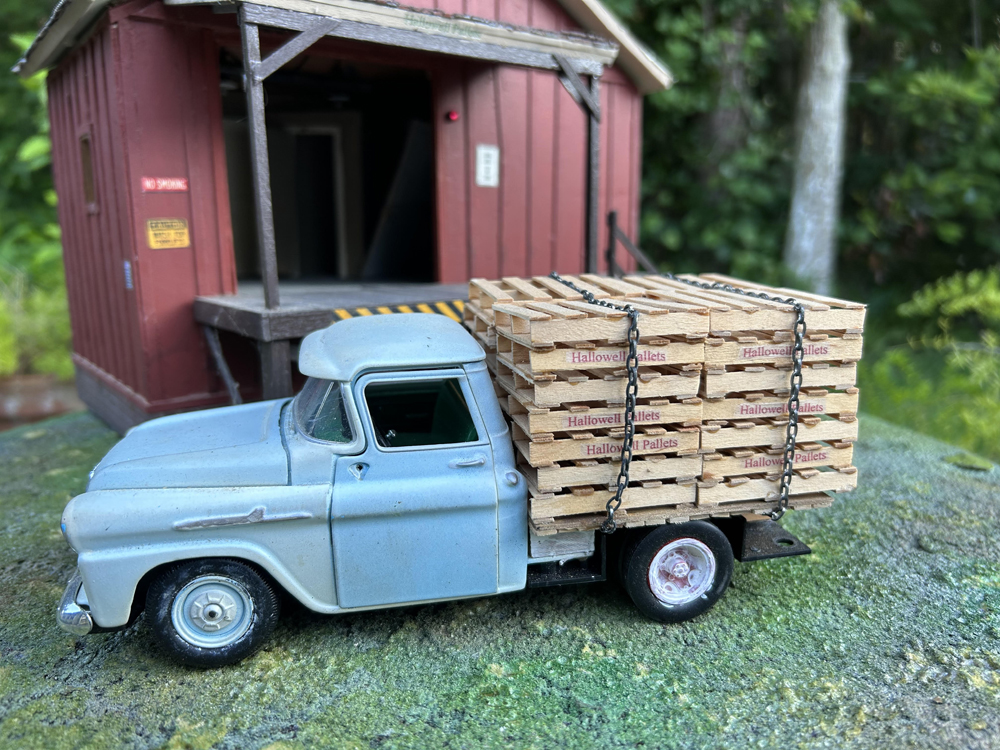
Modify die-cast vehicles for large scale: Most modelers use 1:24 scale die cast cars and trucks out of the box on their railroads, and there is nothing wrong with that. The models are well made and painted in real life colors. I have more than 100 of them that I haven’t changed. But sometimes, it’s […]
Read More…
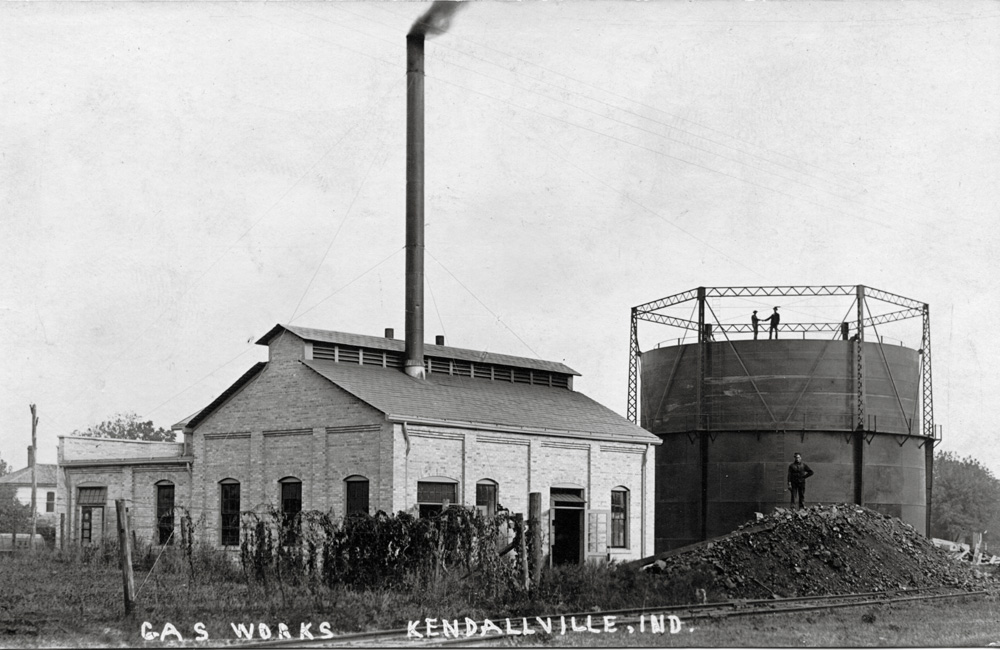
Q: I have a Walthers gas plant kit (item 933-3104) and gas storage tank kit (item 933-2907). I want to use these to model a coal-gas plant. Do you have any drawings or pictures of such a plant that I can model using these kits? – Thomas Lauritsen A: To help you model a coal-gas […]
Read More…
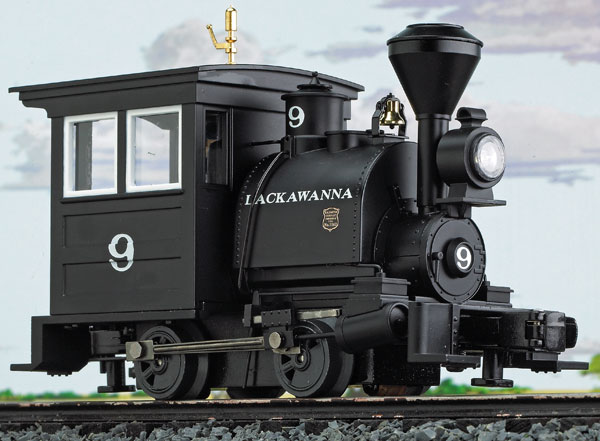
Here are 5 small toy train engines in O and S gauges from several eras. This isn’t an all-inclusive list, but rather a way to call attention to these often overlooked little workhorses. Many of us have layouts that are under 100 square feet. It’s nice to have engines available that look great pulling trains […]
Read More…












